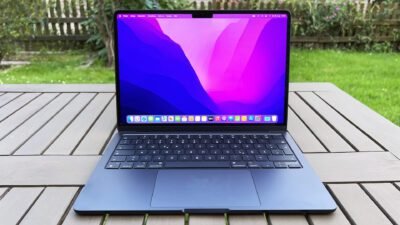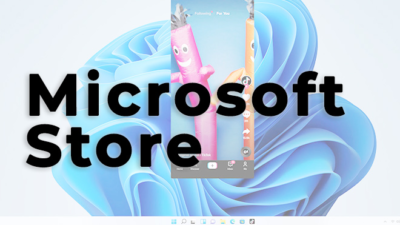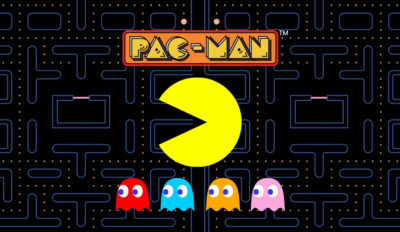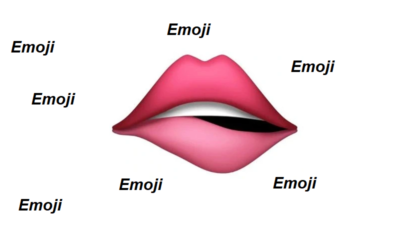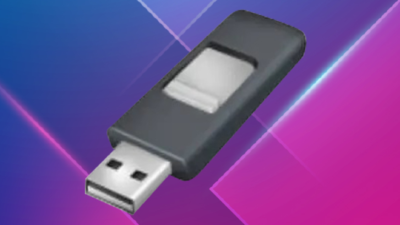Oppo Patents New LiFi Enabled Smartphone Design

Oppo has just recently registered a patent which is a LiFi visible light transmission patent, which shows that it has the characteristics of faster, safer, and more energy-efficient than Wi-Fi. In homes, workplaces, and public buildings, the 802.11 series of wireless network technologies (the latest standard is Wi-Fi 6) has become quite popular. But in order to meet the increasing demand for data transmission, some research institutions are exploring new ways of coexisting with LiFi.
In December 2019, OPPO submitted a design patent application to the State Intellectual Property Office and officially announced it to the outside world on July 31, 2020.
The document contains 24 product pictures and brief descriptions, which shows that this conceptual device is suitable for LiFi communication. Compared with Wi-Fi, which uses radio waves, LiFi is replaced by light for communication, Let’sGoDigital has exposed the details of Lifi by comparing it to WiFi along with the patent image.
The device looks like a full-screen smartphone with narrow frame design, there are the iconic small round bumps of the Reno series on the back, but the front camera opening is not visible on the front.
On the basis of the pop-up front camera, it is also equipped with a rectangular module that can be used for LiFi communication, there is also a rear camera module next to it for the conversion of photoelectric signals.
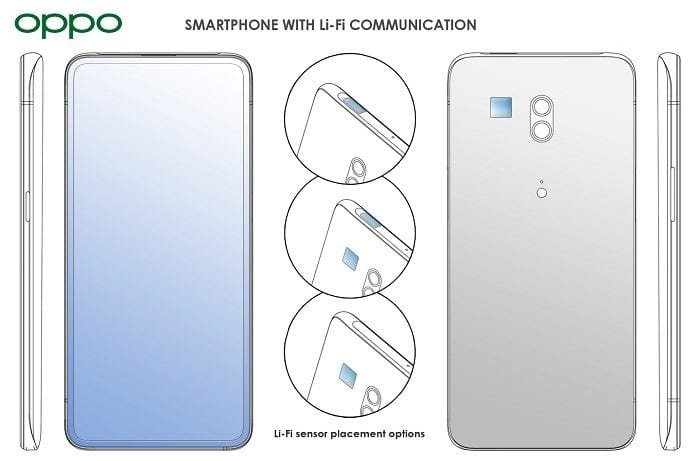

A microphone opening can be seen at the top and bottom of the device, and there is a speaker, SIM card slot, and USB-C charging/data port at the bottom. In addition, the power button is located on the right side of the device. I guess there is a corresponding volume adjustment button on the left side., Tech Radar also reported.
Interestingly, three days after submitting the design patent, OPPO also filed a domestic utility model patent application (currently included in the WIPO database), which details the composition and application of the LiFi device.
As part of the VLC PAN IEEE 802.15.7 standard, LiFi has completed a transmission test of no less than 10Gbps in a laboratory environment (approximately 100 times the current Wi-Fi wireless network).
In the future, through adapted LEDs and systems, it is expected to further reach 15Gbps to allow data transmission for more people in a high-density environment. Of course, LiFi is not without its shortcomings. While ensuring privacy, its signal penetration capability is also the other side of the same coin LiFi’s signal coverage is only about 10 meters, while Wi-Fi is 32 meters.
Digital marketing enthusiast and industry professional in Digital technologies, Technology News, Mobile phones, software, gadgets with vast experience in the tech industry, I have a keen interest in technology, News breaking.





